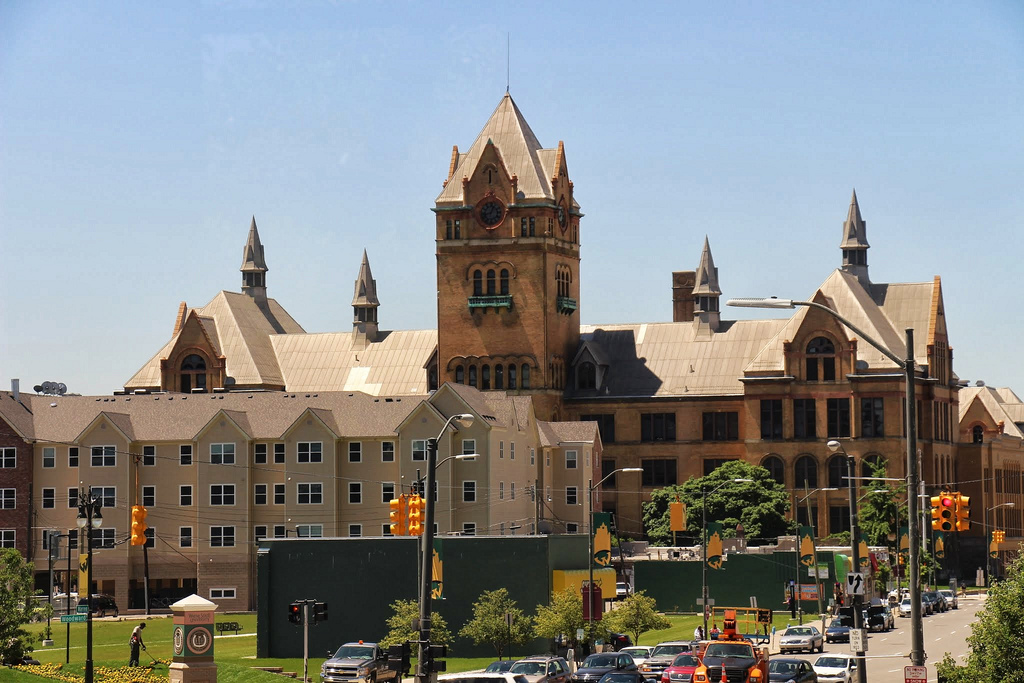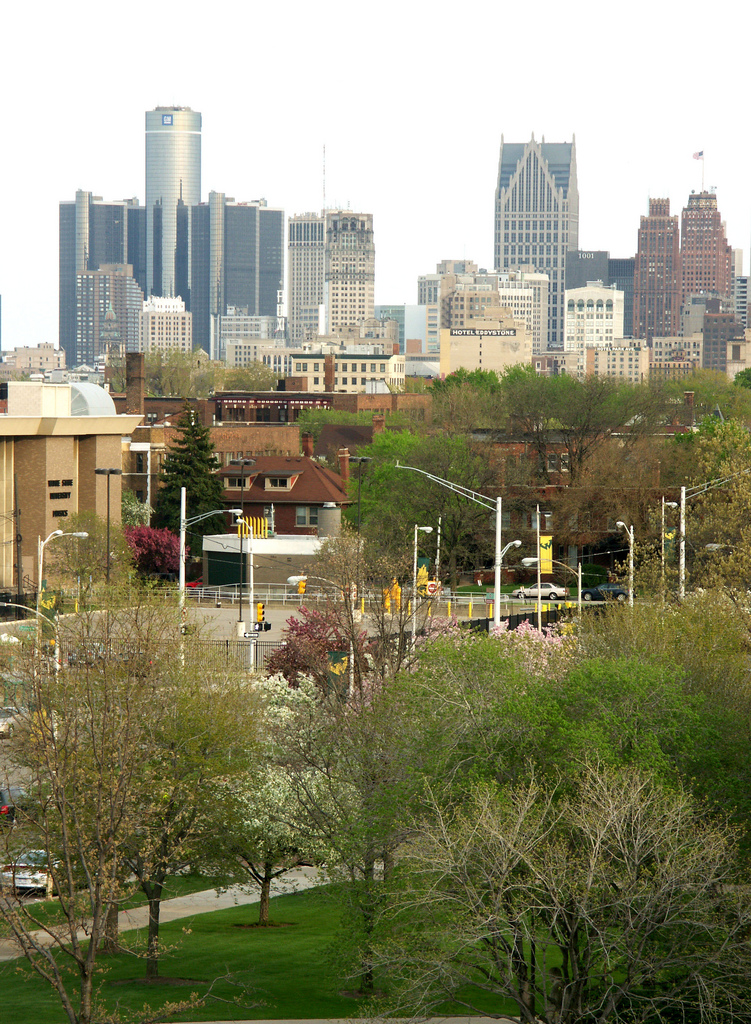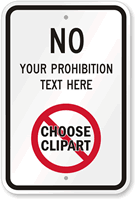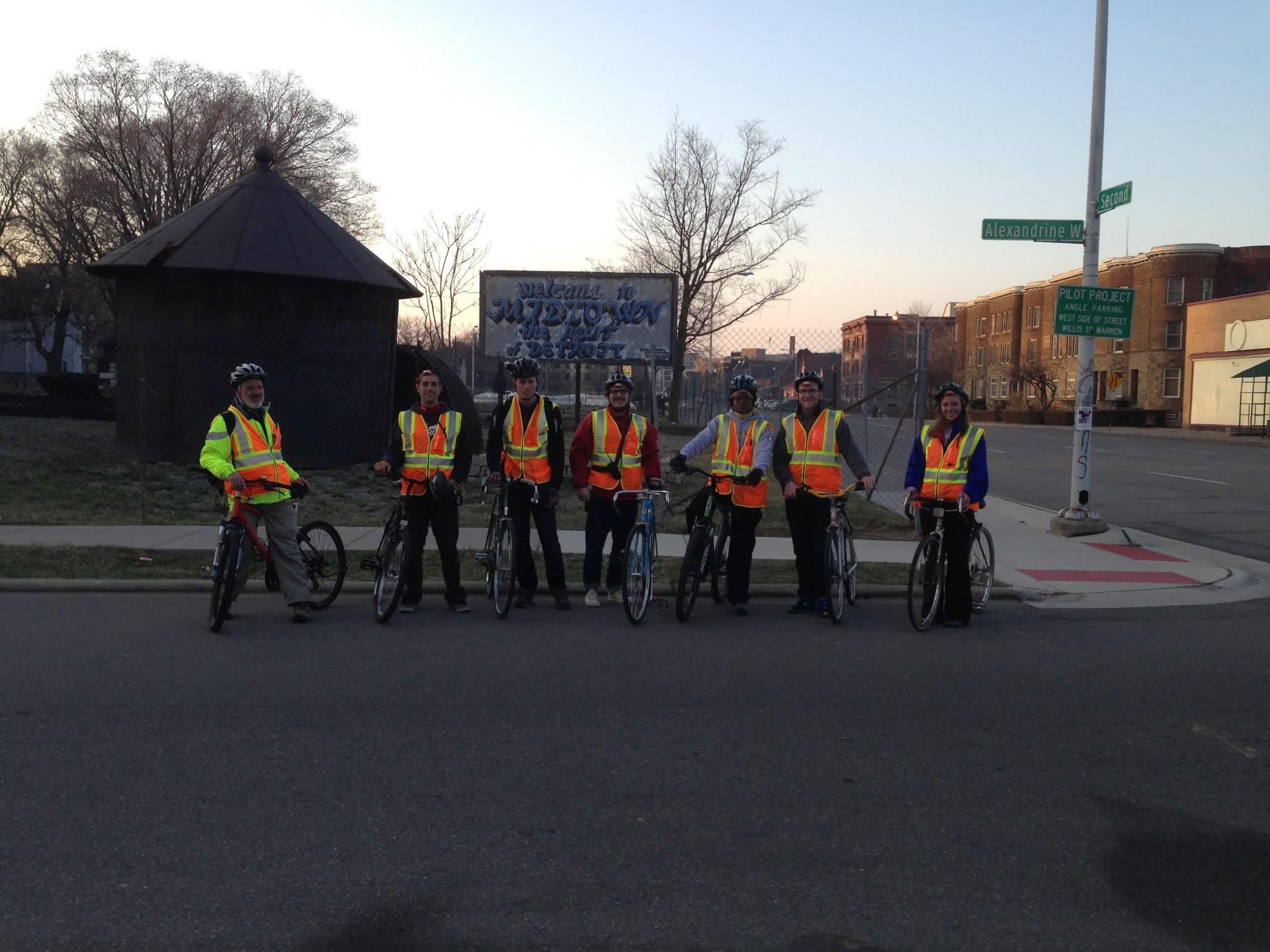Detroit bike watch takes a novel approach to community safety
Five months ago, Andre Masnari began spending a few hours twice a week biking around the Midtown area of Detroit. He wasn’t training for a triathlon or even enjoying the mild Spring weather. He was watching out for crime.
An AmeriCorps member at Wayne State University’s Center for Urban Studies, Andre worked closely with Wayne State University Police, and in reviewing some COMPSTAT data, he noticed that while much of the crime in Detroit was decreasing, the area around Wayne State had hit a plateau. AmeriCorps had been working in the Midtown area surrounding the university for three years, and their efforts had stopped making any significant change. Andre’s idea? A bike watch.
Since April, AmeriCorps members and Detroit residents who volunteer have patrolled midtown Detroit as a part of the Americorps Urban Safety Project. Armed with police radios, reflective vests and, of course, bikes, teams of two or three ride along agreed-upon routes for a few hours at a time. If they see any suspicious activity, they use their radios to call it in to the Wayne State Police. While watching out for crime, they stop to talk to residents in an effort to get locals, who may know more about their neighborhood than the AmeriCorps members, to join patrols. So far, they have included anywhere from two to ten people.
We talked to Andre about the first few months of the still-evolving program and his plans for its future.
How did the bike watch get started?
With the AmeriCorps program at the Center for Urban Studies our goal is to increase public safety through community organizing and part of that effort is that we work a lot with Wayne State police who have access to crime stats for the Detroit area. We noticed that crime was going down in every neighborhood we were working, but we kind of hit this plateau after three years in the midtown area, basically around Wayne State where it was staying steady but it wasn’t going down. What we theorized is that part of the reason was because of the nature of the population in the midtown area. [It has] kind of a transient nature because students are moving in, moving out. It’s kind of difficult to organize them, and because of the student population there, a lot of people come to the city who don’t necessarily know how to keep themselves safe in the city so they become easy targets.
Essentially I threw out the idea of creating a community patrol which would operate on the bikes, and we’d just patrol the areas where we were seeing crime that we couldn’t really get down. We could essentially be like a roving community patrol. The two reasons I brought it up using bikes is because one, bikes seem somewhat less threatening than cars to a lot of people, but also because people can cover a lot more ground than just walking. I brought that up to my program director in a meeting and he pretty much gave us the go ahead to work on it.
What came next? What challenges did you face in getting it up and running?
We had to create a protocol for how the thing was going to run. We very much didn’t want this to turn into vigilantes patrolling the streets or anything. We didn’t want people kind of going out and doing their own thing, and we wanted to make sure first and foremost that our members stayed safe. So we worked with Wayne State police to develop a protocol for how we would operate, and we got trained by them on some good tactics to use, and we got trained on how to use the police radios that they use. So once we had those relationships worked out, we started.
Do the residents that participate tend to be college students or permanent residents?
So far it’s been more permanent residents. We’re going to be amping up our recruitment of students as the fall semester gets underway, because we feel that there will be a lot more students on campus, and it’ll also be a great way to do outreach for our program because we try to get students involved as much as we can, and in the other things that the AmeriCorps program does as well.

Wayne State University. From Jeff Dunn.
What crime patterns have you seen looking at COMPSTAT?
It’s kind of tough to detect. I’m sure someone with more COMPSTAT experience could talk more about it. In terms of patterns, it kind of varies depending on the area a little bit, so like in the student area around Wayne State you get a lot of what they call “Apple Picking,” a lot of phones being stolen, car break-ins, stuff like that. In the midtown area, a lot of the crime that at least I’ve noticed from looking at [COMPSTAT] is just students who are new to Detroit and they’re not used to the way you have to handle yourself in public places in Detroit. So, you know, someone will be talking on their phone on the way home from a bar and someone will just come up and snatch it or something like that. That’s kind of the big thing that we noticed. But a lot of the crime that we look for is people wandering around in neighborhoods that kind of seem out of place in that neighborhood, kind of acting suspiciously I guess, and sometimes that can be an indicator of someone maybe looking to scope out a car or break into a house or something like that. But again, it varies quite a bit, and I’m by no means a COMPSTAT expert.
Have there been any tangible differences in crime? Have you stopped any crimes in progress?
We have called in a couple things to the police. But in terms of the COMPSTAT data, that’s a question that we had early on the process. I think it’s having an effect and we do see crime being lowered in the midtown area, but I don’t want to necessarily take credit for that because there’s a hundred factors that cycle into that, and crime is such a complicated thing that I don’t know if it would be possible to link it tangibly to the bike watch at this point.

Midtown Detroit. From jwhiting360.
Have you always had a good relationship with the police? Were they on board from the beginning?
Oh, absolutely, yeah. They’ve been totally on board and we’ve gotten nothing but support from them. They put a lot of trust into us allowing us to use their radios and talk directly to their dispatch, and that’s, you know, that’s putting a lot of responsibility in the hands of kids who are just out of college, which a lot of us are in any case. I email [the chief of Wayne State police] every week and I say we’re doing the bike watch at this time, can you guys have stuff ready for us. And they’re always ready with the stuff and they always have an officer who’s loosely assigned to us in case we’re in any kind of trouble. It’s been total support.
Have you ever been the victim of one of the crimes that you are trying to help prevent?
Yeah, I’ve had my car broken into before. And I know a bunch of people who live down here, too and, you know, it’s there’s just a lot of crime that happens. It’s just something that you kind of accept as part of living down here I guess. But, yeah, I’ve had the rear window of my car broken into and stuff stolen out of my car. Luckily I had nothing [valuable] in my car, but I had a Red Wings hat sitting in the back of my car, kind of like displayed I guess, and I didn’t realize. You’ve got to realize the value of stuff down here is a little different. Like that hat was a $20 hat so you can sell it. It’s just a learning experience.
That’s not something one would expect to have stolen out of a car.
Yeah, and that’s a big part of what we do, too, trying to educate, especially the student population, that you have to start thinking a little bit differently—and I don’t at all want to give the impression that this is a really unsafe area or anything like that because in my time down here, I’ve never really felt unsafe in the city and I don’t want to feed into that stereotype. There’s just things you’ve got to be careful of. But I think in a large part, if you look at the stats and you look at the efforts AmeriCorps has made down here and Wayne State Police, the area is much safer than four or five years ago.
In addition to the bike watch, what other community events and educational events do you organize?
Before I started Bike Watch I was forming block clubs and tenant organizations, and that’s what most AmeriCorps members do. So as a part of those efforts, our goal is to try to increase public safety by getting community members involved and in charge of their own area pretty much. We try to empower community members and our goal is to have them take over what we helped start. So we do a lot of board ups with them, clean ups with them, neighborhood watches with them. So that’s the main focus of AmeriCorps.
What are your goals for the future?
I’d definitely like to have move volunteer participation than we have right now. I’d like to have more citizens involved. I’d like to have more students involved and I’d like it to be able to operate more often than it does now. I run essentially every watch that happens and that’s like twice a week. I can only do so many.
Category: Neighborhood Watch
















